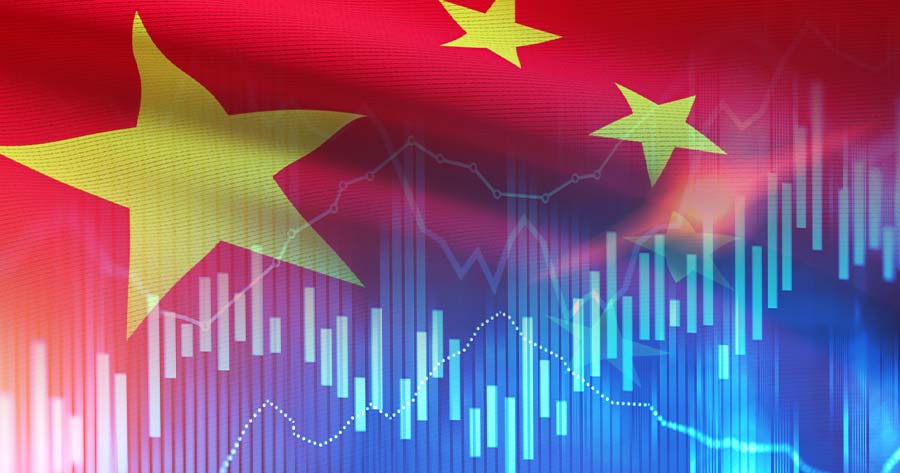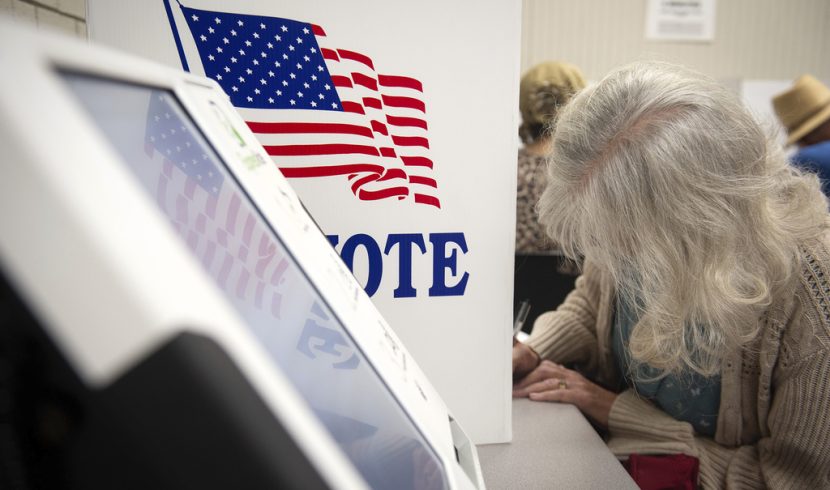Donald Trump’s return to the White House in a decisive win has set the stage for sweeping changes in U.S. economic policy, according to Rabobank’s Senior U.S. Strategist, Philip Marey.Trump’s victory, coupled with a Republican “clean sweep” of Congress, offers the former president significant political leverage to implement a bold economic agenda. This new era of “Trump 2.0” is expected to reshape U.S. fiscal and trade policies, with critical implications for inflation, economic growth, and the Federal Reserve’s role.
Trade and Tariff Strategy: Inflation in Focus
Under Trump’s expected policy direction, tariffs on imported goods could see substantial increases, potentially stirring inflationary pressures. The return to a trade-war stance is likely aimed at reducing foreign competition and boosting U.S. manufacturing, a hallmark of Trump’s first term. However, with inflation already a concern, additional tariffs could push consumer prices higher—a double-edged sword for both consumers and the broader economy.
The consequences of rising tariffs may include a ripple effect on the U.S. economy, from increased costs for imported goods to potentially lower household spending. To offset the downside of tariffs on growth, analysts suggest Trump may pursue aggressive tax cuts and a renewed push for deregulation, both aimed at boosting business investment and job creation.
Tax Cuts and Deregulation: A Boost with Consequences
Republican control of Congress allows Trump to advance a combination of corporate tax cuts and reduced regulatory constraints on industries like energy and finance. These changes could drive a near-term boost to economic growth and a rally in business investment, but at a cost: higher deficits. Analysts warn that expanding the budget deficit to fund tax cuts and spending initiatives could worsen inflation and put pressure on the U.S. Treasury.
“The anticipated deficit expansion, combined with Trump’s stance on reduced immigration, poses a risk of an inflationary spiral,” Rabobank’s Marey noted. “Lower immigration affects the labor supply, contributing to wage inflation.”
Also read : Gold Price Forecast- $2,690 As Interest Rate Expectations, Dollar Strength, And Trump Impact Weigh Heavy
Trump vs. the Fed: Independence in Question?
One of the most significant areas of tension in Trump’s second term may be his relationship with the Federal Reserve. Fed Chair Jerome Powell, who held his ground during Trump’s first presidency, could once again face pressure to align the Fed’s monetary policies with the administration’s economic vision. With inflation a growing concern, the Fed may halt rate cuts as early as 2025, directly clashing with Trump’s pro-growth, low-rate preferences.
Trump’s power to challenge the Fed’s independence may be more potent this time around, given the strong Republican support in Congress. A prolonged clash between the Fed and the White House could have wide-reaching implications for monetary policy stability and investor confidence.




